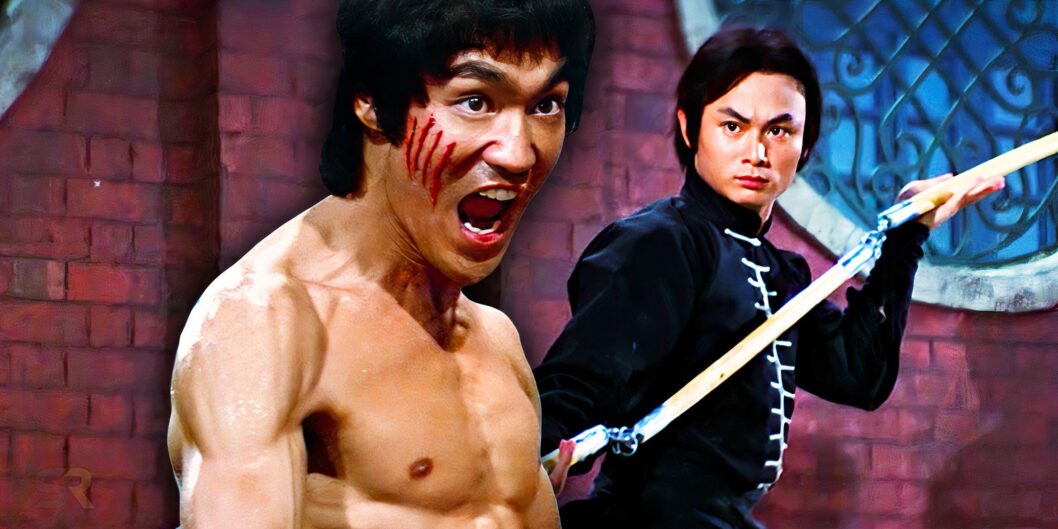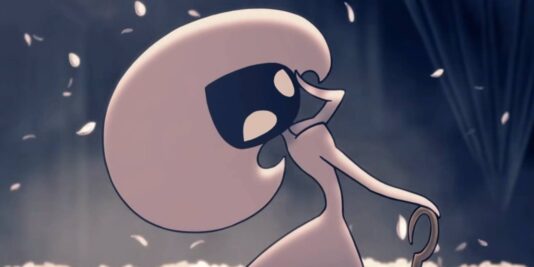Exploring "Heroes of the East": A Hidden Gem in Martial Arts Cinema
As the martial arts genre continues to evolve, few films resonate with the same iconic recognition as Bruce Lee’s Enter the Dragon. Celebrated for its groundbreaking portrayal of diverse martial arts styles, Enter the Dragon remains a fundamental part of cinematic history. However, for those seeking a worthy follow-up, the 1978 film Heroes of the East emerges as an underappreciated classic, expertly directed by Lau Kar-Leung and featuring outstanding performances, most notably from Gordon Liu.
Cultural Background and Setting
Heroes of the East is a quintessential Shaw Brothers production, hailing from Hong Kong’s most prolific kung fu studio. The film is set in the 1930s and follows the story of Ho Tai (Gordon Liu), a Chinese kung fu practitioner who reluctantly travels to Japan for an arranged marriage. Circumstances lead him into a martial arts competition, where he faces off against an array of Japanese fighters, each skilled in unique martial arts disciplines including Ninjitsu and judo. This tournament narrative mirrors the successful structure established by Enter the Dragon, merging cultural clashes with martial arts bravado.
Inspired by Iconic Elements
The film’s story arc draws parallels to Enter the Dragon, emphasizing the strength of a single martial arts hero against multiple adversaries. In a tournament reminiscent of Bruce Lee’s iconic battles, Ho Tai’s journey becomes one of overcoming stereotypes and demonstrating the prowess of Chinese martial arts. The film not only showcases technical fighting skill but also emphasizes the theme of unity in diversity, as Ho Tai faces opponents representing various martial arts traditions.
In an exploration of fight choreography, Heroes of the East features stunning and inventive action sequences that honor the genre’s rich legacy. Many of the fight scenes, choreographed by Lau Kar-Leung, invoke Bruce Lee’s famous nunchaku exploits, thereby creating an homage to the legend and intertwining their narratives. The dramatic tension in each confrontation is palpable, as Liu’s mastery of kung fu contrasts with the different styles of his opponents, resulting in thrilling sequences that engage the audience.
A Standout Performance
While Enter the Dragon is often celebrated for Bruce Lee’s indelible performance, Heroes of the East shines with the charismatic portrayal of Gordon Liu, whose martial prowess elevates the film significantly. Liu’s ability to seamlessly transition between different fighting styles adds texture and excitement to the action. His sincerity as an actor further enhances the film’s emotional core, making viewers root for his character amidst cultural misunderstandings and physical challenges.
Despite its initial obscurity, Heroes of the East is gaining recognition as one of the best kung fu films of the 1970s. The film deserves special acknowledgment for its technical achievements in choreography and production, drawing on the rich heritage of martial arts cinema. The coordination of various fighting forms and weaponry not only celebrates diversity in techniques but also showcases the intricate relationship between culture and martial arts.
Conclusion: The Legacy of Heroes of the East
In examining Heroes of the East, cinephiles and martial arts enthusiasts alike can appreciate the film as a significant contribution to the genre. Although it may lack the widespread acclaim of Enter the Dragon, it encapsulates themes of resilience and cultural exchange, all while delivering exhilarating action that honors its martial arts roots.
With its compelling narrative and expertly crafted fight scenes, Heroes of the East is reclaiming its place in martial arts history. This film represents a vital link in the evolution of the genre, illustrating how stories can transcend cultural boundaries through the power of action. For viewers looking to delve deeper into the world of kung fu cinema, Heroes of the East is now a must-see classic. For those interested, it is currently accessible through various streaming platforms, further aiding its reappraisal as a hidden gem in the martial arts film landscape.









